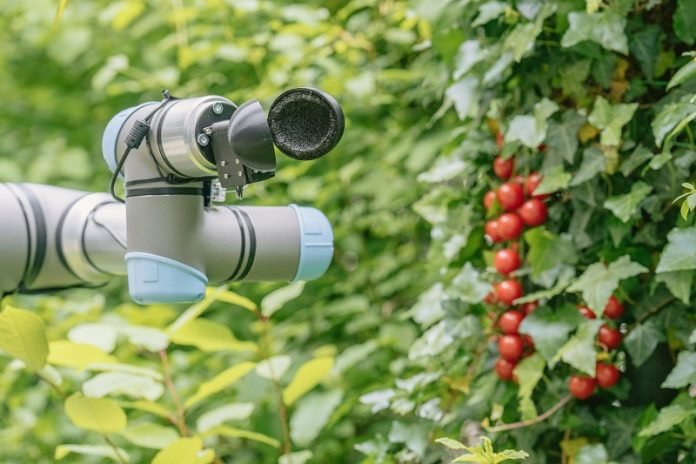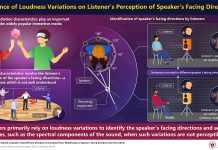
A recent study conducted by researchers from TU Delft and EPFL explores the potential of artificial intelligence (AI) in the design process of robots.
Using ChatGPT, an advanced language model, the researchers successfully collaborated with AI to design a tomato-harvesting robot.
This article delves into their findings, highlighting the benefits of AI assistance, the risks involved, and the future challenges in the field of robotics.
The researchers engaged in a conversation with ChatGPT to tackle the challenge of improving food supply through automation.
ChatGPT offered valuable insights, guiding the researchers in making informed design decisions.
For example, the AI suggested automating the cultivation of economically valuable crops and recommended using silicone or rubber grippers to avoid damaging tomatoes.
This collaboration resulted in the creation of a functional tomato-harvesting robot.
The researchers noticed a shift in their roles during the collaborative design process.
ChatGPT played a significant role as a virtual researcher and engineer, while the human researchers focused more on technical tasks.
By leveraging the knowledge and expertise of ChatGPT, they were able to extend their understanding to new areas and enhance the overall design process.
The collaborative approach with ChatGPT proved positive and enriching for the researchers.
However, they acknowledged the risk of misinformation and bias if the AI’s output is not properly verified or validated. LLMs, like ChatGPT, generate answers based on probabilities, which can lead to misleading results.
Additionally, concerns regarding plagiarism, traceability, and intellectual property arise when working with AI models.
The researchers plan to continue exploring the capabilities of AI in robotics, particularly focusing on the autonomy of AI systems in designing their own bodies.
They acknowledge the importance of striking a balance between AI assistance and human creativity to address the challenges of the 21st century effectively.
The ultimate question lies in how AI can assist robot developers without stifling innovation and ingenuity in the field of robotics.
The collaboration between humans and AI, exemplified by the work of researchers from TU Delft and EPFL, demonstrates the potential of using ChatGPT to design robots.
While AI assistance can greatly enhance the design process, it is crucial to validate AI-generated output and be mindful of potential risks such as misinformation and bias.
As the field of robotics advances, finding the right balance between human creativity and AI capabilities will be essential in tackling future challenges effectively.



